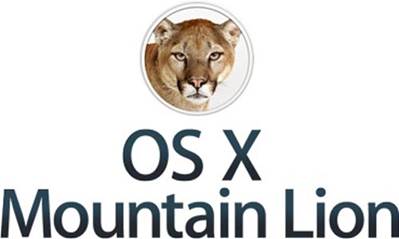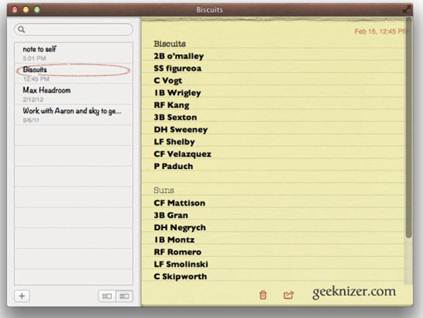Apple’s latest desktop OS brings about
useful new features, but it still needs further refinement.

OS
X Mountain Lion
Mountain Lion, OS X 10.8, is the ninth
major release of OS X, Apple’s OS for Mac computers. First announced earlier
this year in February, it was officially made available through the Mac App
Store on July 25. Interestingly, Mountain Lion is the first Mac OS to be
available exclusively through the Mac App Store, and won’t be available as a
physical purchase. At $25.98, it is also the most affordable OS upgrade from
Apple yet.
Installing Mountain Lion was а fuss-free
process. However, depending on your Internet connection, downloading the
installer from the Mac App Store could take some time since the installer comes
at around 4.4GB. Once downloaded, it takes an additional 45 minutes to an hour
for the entire installation process to complete.
Apple proclaims that Mountain Lion has over
"200 new features". But most of the changes were done under the hood,
and from first glance at least, Mountain Lion doesn’t look any different.
Опе of the more noticeable features of
Mountain Lion has got to be the new Notification center. It works like а
combination of the popular Mac notification app Growl, and Notification center
on your iOS device. Alerts from your apps appears as pop-ups, and you can
invoke the Notification Center either by clicking on the iсоn on the top right
hand corner of your screen, or by swiping left from the right edge of your
track pad with two fingers.

iMessage
is still a bit buggy at this point, as messages sometimes go missing.
Another new feature of Mountain Lion is the
new Messages app. With Messages, iChat is now no more, with the new Messages
looking and working just like Messages on the iPad, Messages supports Apple's
iMessage service as well as AIM, Google Talk, Yahoo! and Jabber. The idea
behind Messages is to let users start and continue their conversations on their
IOS device and on their desktop. It sounds good in theory but in practice it's
quite haphazard since messages end up appearing on both your Mac and iPhone.
Furthermore, the service seems to be а little unreliable at the moment since we
encountered instances where messages didn’t get through, or they end up being
delivered all in one go at а later time.
Power Nap is а feature that is particularly
useful, letting the SSD-equipped new Retina Display
MacBook Pro and new MacBook Air computers
both send and receive data even while asleep.
With Power Nap, they can backup to Time
Machine, download software updates, as well as sync data with contacts, mail,
notes, reminders and more, even if they are sleeping. Unfortunately, this
feature is only available with the new Retina Display MacBook Pro and newer
MacBook Air.

Notes
is now a standalone app, syncing automatically to Notes on your iOS device.
Other notable new features of Mountain Lion
include the new Reminders and Notes app as well as а reworked Calendar app. New
Reminders and Notes created in iCioud will be automatically synced across
devices. The new Calendar app also has а revised interface, with the calendar
list now appearing as а sidebar instead of the annoying popover.
With Lion, Apple began bringing new
iOS-inspired features to its desktop users. With Mountain Lion, they're now one
step further to introducing seamless integration with apps such as Messages,
Reminders, Notes, Calendar and so оп. All things considered, Mountain Lion is а
decent update with some interesting and useful new features. While one of most
affordable OS updates from Apple yet, some of the new features, such as
Messages, need further refinement.
Specifications
Memory: 2GB RAM
HDD storage: 8GB
OS required: At least Mac OS X 10.6.8
Model support: iMac (Mid 2007 or never), MacBook (Late 2008
Aluminum, or Early 2009 or never), MacBook Pro (Mid/Late 2007 or newer),
MacBook air (Late 2008 oe newer), Mac mini (Early 2009 or newer), Mac Pro
(Early 2008 or newer), Xserve (Early 2009)
Price: $25.98
Verdict: 8.5
Features: 8.5
Performance: 8.5
User-friendliness: 8.5
Value: 9.0
|